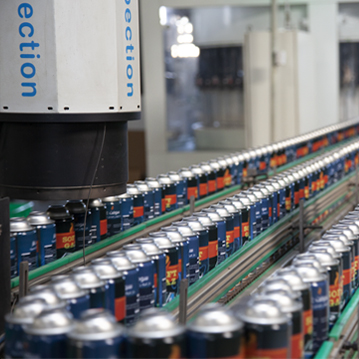1. What are aerosols? Aren’t they the things that come in spray cans?
Aerosols are tiny particles in the air that can be produced when we burn different types of fossil fuels — coal, petroleum, wood and biofuels — in different ways. A significant man-made source of aerosols is pollution from cars and factories. If you live in a big city you’re probably pretty familiar with soot, an aerosol that forms black layers on your windowsill. But aerosols can also be produced naturally, for example, through being given off from trees or burning vegetation.
The word “aerosol” is used by scientists to mean “atmospheric particulate”. But it was used a lot by the media during the 1980s and 1990s to refer to the spray cans that released chlorofluorocarbons (CFCs) into the air, which damage the ozone layer and created the ozone hole. So it’s no surprise that there is some confusion over the word!
2. Is there a link between aerosols and climate change?
Yes. Aerosols have a profound impact on the climate because, just like greenhouse gases, they are able to change the Earth’s “radiative”, or energy, balance. Aerosols can control how much energy from the sun reaches the planet’s surface by changing the amount that is absorbed in the atmosphere and the amount that is scattered back out to space. It turns out that most aerosols are cooling — that is to say, they reflect the sun’s energy back out into space. There is only one aerosol — soot, also known as black carbon — that actually helps contribute to global warming by boosting the warming effects of greenhouse gases in the atmosphere.
Since the Industrial Revolution, humans have pumped more and more aerosols into the air, and this in turn has actually counteracted global warming to a significant degree. Using climate models, we estimate that aerosols have masked about 50 percent of the warming that would otherwise have been caused by greenhouse gases trapping heat near the surface of the Earth. Without the presence of these aerosols in the air, our models suggest that the planet would be about 1 °C (1.8 °F) hotter.
3. So aerosols are a good thing then?
It’s true that aerosols have limited the warming that we’ve experienced on Earth since the Industrial Revolution. But they also have very big, detrimental impacts on human health, and have been implicated in health problems such as lung damage. Aerosols also affect other parts of the climate system like rainfall — reducing rain in areas like India and China where it is desperately needed for food production — and they alter patterns of wind and atmospheric circulation.
